Filter by
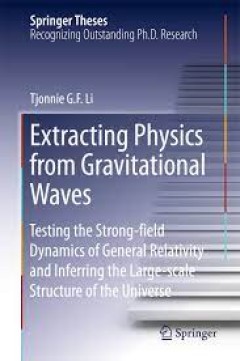
Extracting Physics from Gravitational Waves Testing the Strong-field Dynamic…
Tjonnie Li's thesis covers two applications of Gravitational Wave astronomy: tests of General Relativity in the strong-field regime and cosmological measurements. The first part of the thesis focuses on the so-called TIGER, i.e. Test Infrastructure for General Relativity, an innovative Bayesian framework for performing hypothesis tests of modified gravity using ground-based GW data. After devel…
- Edition
- -
- ISBN/ISSN
- 978-3-319-19273-4
- Collation
- 17 b/w illustrations, 30 illustrations in colour
- Series Title
- -
- Call Number
- -
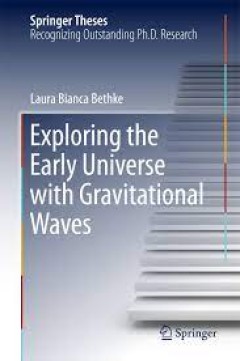
Exploring the Early Universe with Gravitational Waves
This work investigates gravitational wave production in the early universe and identifies potentially observable features, thereby paving the way for future gravitational wave experiments. It focuses on gravitational wave production in two scenarios: inflation in a model inspired by loop quantum gravity, and preheating at the end of inflation. In the first part, it is demonstrated that gravitat…
- Edition
- -
- ISBN/ISSN
- 978-3-319-17449-5
- Collation
- 11 b/w illustrations, 5 illustrations in colour
- Series Title
- -
- Call Number
- -
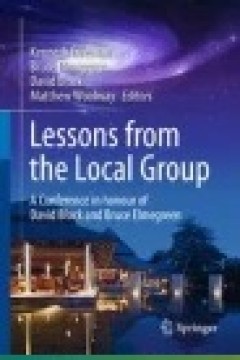
Lessons from the Local Group: A Conference in honour of David Block and Bruce…
Our understanding of galaxy formation comes mostly from two sources: sensitive observations at high angular resolution of the high-redshift Universe, where galaxies are observed to be forming, and detailed observations of individual stars and clouds in the Local Group, where telltale remnants from its formative time remain and similar processes operate at a low level today. The current conferen…
- Edition
- -
- ISBN/ISSN
- 978-3-319-10614-4
- Collation
- -
- Series Title
- -
- Call Number
- -
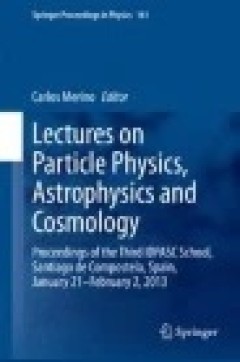
Lectures on Particle Physics, Astrophysics and Cosmology: Proceedings of the …
This volume gathers the content of the courses held at the Third IDPASC School, which took place in San Martiño Pinario, Hospederia and Seminario Maior, in the city of Santiago de Compostela, Galiza, Spain, from January 21st to February 2nd, 2013. This school is the annual joint program of the International Doctorate Network in Particle Physics, Astrophysics, and Cosmology (IDPASC). Th…
- Edition
- -
- ISBN/ISSN
- 978-3-319-12238-0
- Collation
- -
- Series Title
- -
- Call Number
- -
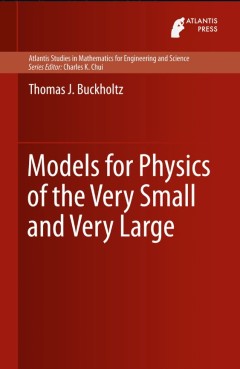
Models for Physics of the Very Small and Very Large
This monograph tackles three challenges. First, show a mathematics-based meta-model that matches known elementary particles. Second, apply models, based on the meta-model, to match other known physics data. Third, predict future physics data. The math features solutions to isotropic pairs of isotropic quantum harmonic oscillators. This monograph matches some solutions to known elementary partic…
- Edition
- 1
- ISBN/ISSN
- 978-94-6239-165-9
- Collation
- XII, 382
- Series Title
- Atlantis Studies in Mathematics for Engineering and Science
- Call Number
- -

Modifications of Einstein's Theory of Gravity at Large Distances
In the last few years modified gravity theories have been proposed as extensions of Einstein's theory of gravity. Their main motivation is to explain the latest cosmological and astrophysical data on dark energy and dark matter. The study of general relativity at small scales has already produced important results (cf e.g. LNP 863 Quantum Gravity and Quantum Cosmology) while its study at large …
- Edition
- -
- ISBN/ISSN
- 978-3-319-10069-2
- Collation
- XVI, 426
- Series Title
- Lecture Notes in Physics
- Call Number
- -
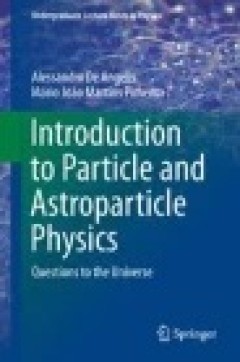
Introduction to Particle and Astroparticle Physics: Questions to the Universe
This book, written by researchers who had been professionals in accelerator physics before becoming leaders of groups in astroparticle physics, introduces both fields in a balanced and elementary way, requiring only a basic knowledge of quantum mechanics on the part of the reader. The new profile of scientists in fundamental physics ideally involves the merging of knowledge in astroparticle…
- Edition
- -
- ISBN/ISSN
- 978-88-470-2688-9
- Collation
- -
- Series Title
- -
- Call Number
- -
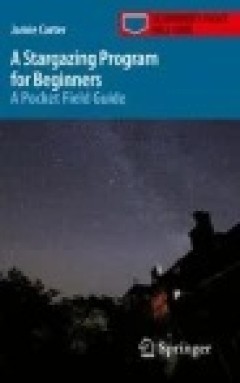
A Stargazing Program for Beginners: A Pocket Field Guide
Sets out a simple month-by-month program to reveal all of the night sky's biggest and most beautiful secrets in just one year – and with only a few hours of stargazing each month By investing just an hour a week and $50 in binoculars, it’s possible to learn a few simple techniques and quickly gain a real insight into the night sky's ever-changing patterns – and what they tell us about E…
- Edition
- -
- ISBN/ISSN
- 978-3-319-22072-7
- Collation
- XVI, 419
- Series Title
- Astronomer's Pocket Field Guide
- Call Number
- 520 CAR s
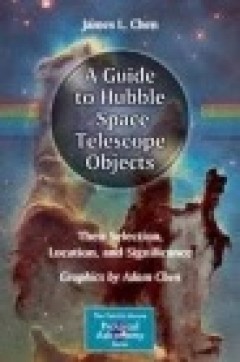
A Guide to Hubble Space Telescope Objects: Their Selection, Location, and Sig…
From the authors of "How to Find the Apollo Landing Sites," this is a guide to connecting the view above with the history of recent scientific discoveries from the Hubble Space Telescope. Each selected HST photo is shown with a sky map and a photograph or drawing to illustrate where to find it and how it should appear from a backyard telescope. Here is the casual observer's chance to locate the…
- Edition
- -
- ISBN/ISSN
- 978-3-319-18872-0
- Collation
- -
- Series Title
- The Patrick Moore Practical Astronomy Series
- Call Number
- 520 CHE g
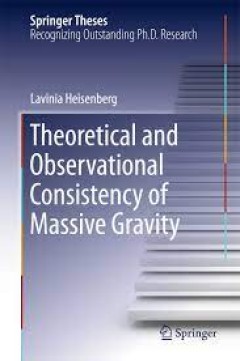
Theoretical and Observational Consistency of Massive Gravity
This work is a detailed study of both the theoretical and phenomenological consequences of a massive graviton, within the ghost-free theory of massive gravity, the de Rham-Gabadadze-Tolley (dRGT) theory. Its aim is to test the physical viability of the theory. It begins by putting constraints on the parameters of the theory in the decoupling limit based on purely theoretical grounds, like class…
- Edition
- -
- ISBN/ISSN
- 978-3-319-18935-2
- Collation
- 23 b/w illustrations, 19 illustrations in colour
- Series Title
- -
- Call Number
- -
 Computer Science, Information & General Works
Computer Science, Information & General Works  Philosophy & Psychology
Philosophy & Psychology  Religion
Religion  Social Sciences
Social Sciences  Language
Language  Pure Science
Pure Science  Applied Sciences
Applied Sciences  Art & Recreation
Art & Recreation  Literature
Literature  History & Geography
History & Geography